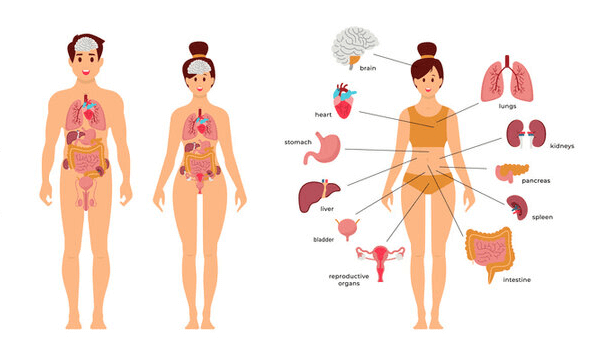Female:Ef49g__U7yw= Human Anatomy

The intricacies of Female:Ef49g__U7yw= Human Anatomy anatomy present a fascinating intersection of structure and function, particularly within the reproductive system. Critical components such as the ovaries, fallopian tubes, and uterus not only facilitate reproduction but also play essential roles in hormonal balance and overall health. Recognizing the variations in these anatomical features among individuals can profoundly impact healthcare decisions. Furthermore, the implications of hormonal differences introduce a layer of complexity that is often overlooked. This prompts an examination of prevalent health issues, raising the question of how these factors influence women’s health across different life stages.
Overview of Female Anatomy
The female anatomy is a complex and intricately designed system that encompasses various structures and functions essential for reproduction, hormonal regulation, and overall health.
Key female organs include the ovaries, fallopian tubes, uterus, and vagina, each exhibiting anatomical variations among individuals.
Understanding these variations is crucial for recognizing normal physiological differences and addressing health concerns, ultimately empowering women in their healthcare decisions.
Reproductive System Features
Encompassing a range of anatomical structures, the female reproductive system features several key components that work in harmony to facilitate reproduction and hormonal balance.
Central to this system are the ovaries, responsible for ovarian function and the production of ova.
The menstrual cycle, characterized by cyclical hormonal changes, regulates ovulation and prepares the uterus for potential implantation, ensuring reproductive efficiency.
Hormonal Differences
Hormonal differences between males and females play a crucial role in the development and functioning of the reproductive system.
Estrogen dominance in females is a key factor influencing hormonal regulation, impacting menstrual cycles, fertility, and overall health.
These variations contribute to distinct physiological processes, emphasizing the importance of understanding hormonal interplay for promoting reproductive health and addressing gender-specific health concerns effectively.
Read Also Why Origin Acoustics is Perfect for Commercial Spaces
Common Health Issues
While various factors contribute to health disparities, common health issues often manifest differently in males and females due to biological and hormonal influences.
Women frequently experience menstrual disorders and pelvic pain, which can lead to significant discomfort and disruption.
Additionally, hormonal imbalances may contribute to fertility challenges, underscoring the importance of understanding these unique health concerns within female anatomy and physiology.
Conclusion
Understanding Female:Ef49g__U7yw= Human Anatomy is crucial for addressing reproductive health and hormonal regulation. Notably, approximately 10% of women of reproductive age experience endometriosis, a condition characterized by the presence of endometrial tissue outside the uterus, leading to significant pelvic pain and fertility challenges. This statistic underscores the importance of recognizing anatomical variations and hormonal differences, which can greatly influence health outcomes. Comprehensive knowledge of these factors is essential for improving women’s healthcare and addressing unique health issues effectively.





